Did you know not all speakers are built the same? In this blog, we’ll talk about the most common speakers you will see DJs and sound companies use at events. We will explain most of the systems and why they work well for some applications and not as well for others.
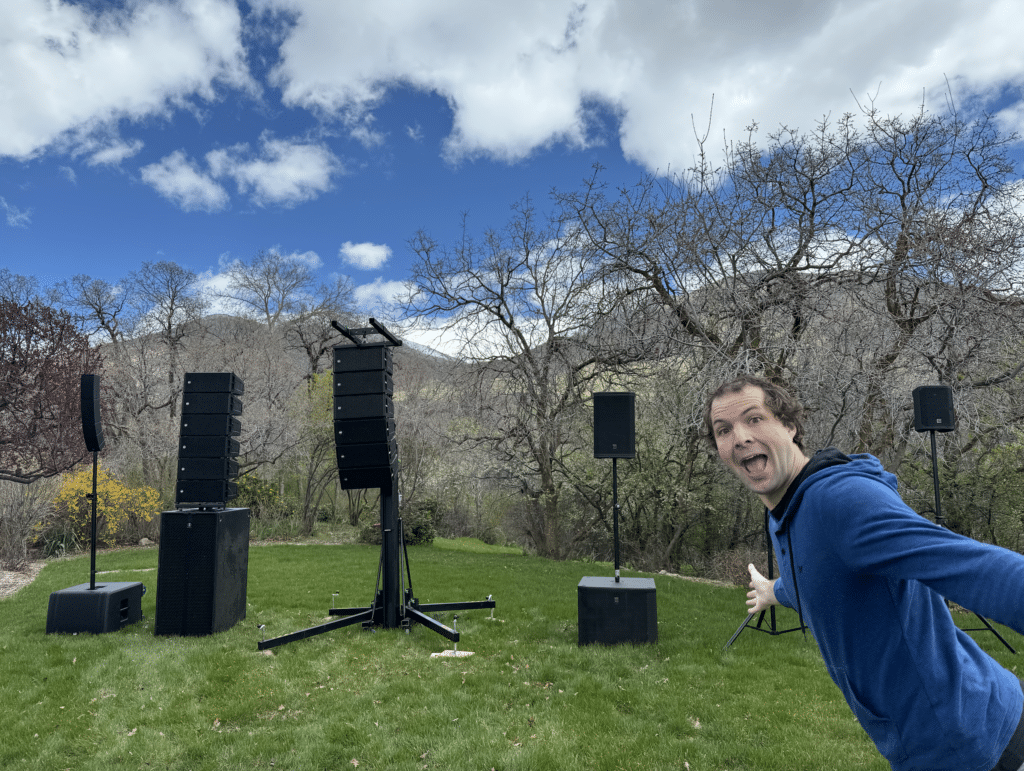
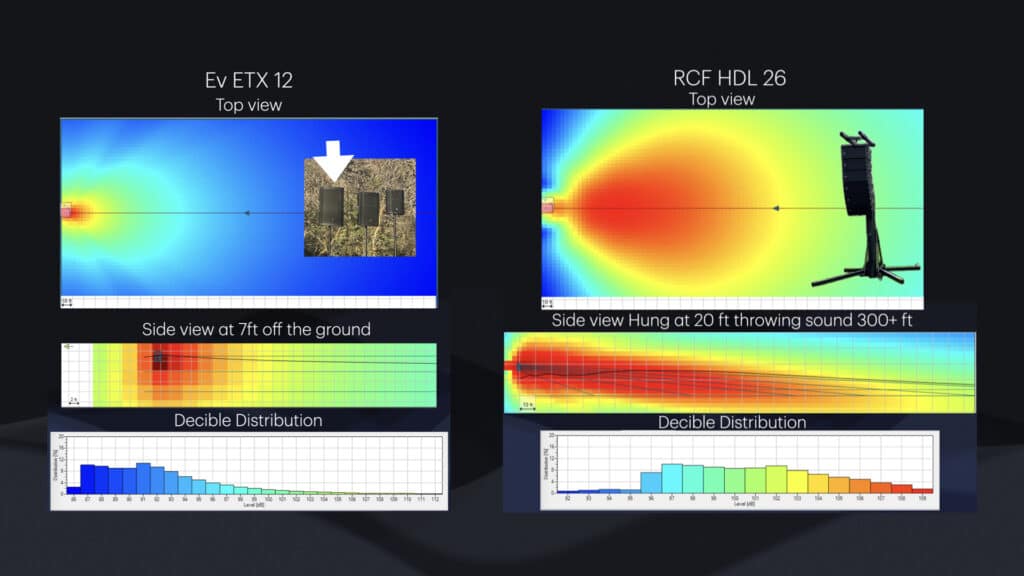
2 Way Speakers (AKA DJ Speakers)- They all look the same but do they perform the same?
While the following three speakers may look the same, this is far from the truth. They all produce music, but there are some key differences: 1) sound quality 2) the throw (or shape) of the music output, both vertically and horizontally, and 3) the volume they can reach. Many people an outdated way of thinking that a speaker’s performance is based solely off power consumption, or watts. With modern amplifiers, we can’t truly judge the performance of a speaker purely off the watts anymore. The physical construction of the speaker and how it reproduces sound are more valuable than knowing how many watts are powering the speaker.
To compare today we are only going talk about our top three speakers. First, I’ll lay out some specifications and then give a rundown of what these numbers mean.
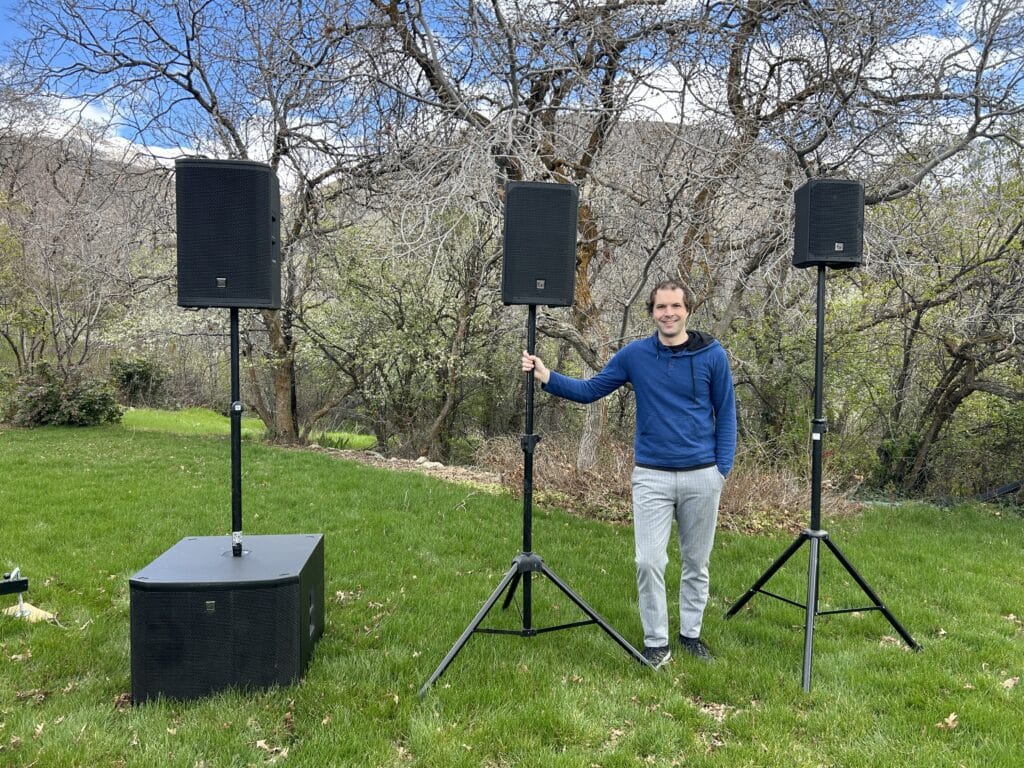
Electro-Voice Everse 8 (Far Right)
- Battery Powered (up to 12 hours)
- 121dB peak SPL
- 400W (fully charged)
- 100° x 100° (Typically used in a location where you may have to place the speakers closer to the audience and therefore need a wider pattern)
- Enclosure material: polypropylene enclosure
- Water resistant
That’s a lot of jargon, so what’s most important from the information? Well, let’s start with the Everse 8. This battery-powered speaker is compact and lightweight while still being powerful. With up to 12 hours of battery life this is the perfect speaker for small wedding ceremonies, cocktail hours, and remote background music. Its 121dB max SPL is the lowest of the bunch but still respectable, and its wide 100×100 degree spread can cover a wider area with a single speaker.
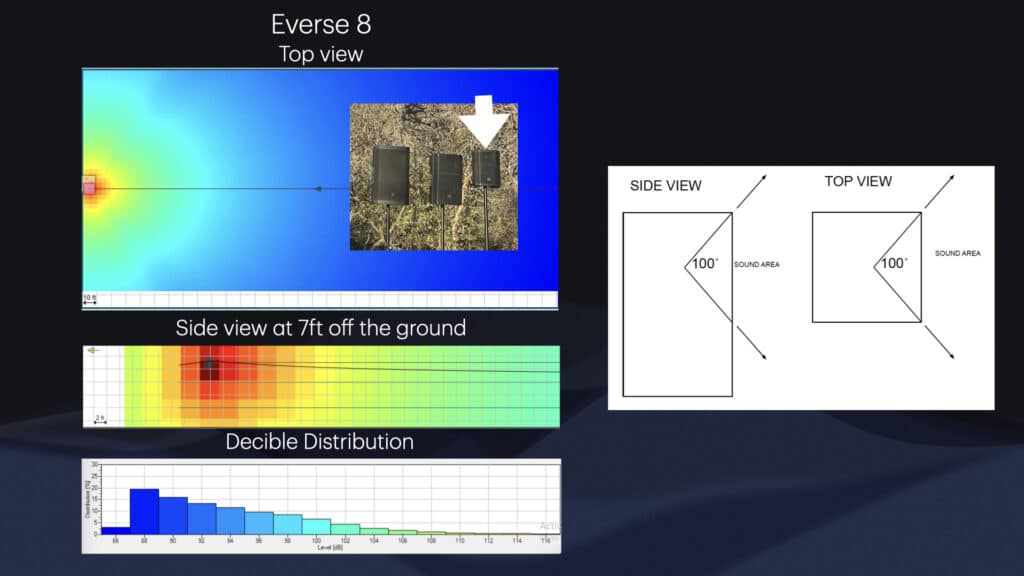
Summary of the Everse 8 (Need to Know): In my experience with small speakers like this, I would not trust this speaker to be utilized as a DJ speaker for a dance floor or a concert. While the throw is wider than the other speakers, it takes on a very sharp sound when pushed to high volumes or with multiple instruments – plus, it really is only pushing significant volume for about 20 feet. Then, as you can see with the heat map, it drops quickly. While pairing with a second speaker will help it doesn’t get much louder. While it may look like a better option because of its mobility and wide spread of sound, it lacks the performance of a speaker with the energy and sound quality you need at an event for a dance floor that is 20ft or longer. Neither is it the best choice for a concert that needs high energy output and clarity. One thing to also note about wide speakers – you are more prone to feedback issues when you don’t have the system EQd (equalized) properly.
Electro-Voice ELX 10P (Middle)
- Not battery powered
- 127 dB peak SPL
- 1200 W (peak)
- Horizontal coverage angle: 90 degrees Vertical coverage angle: 60 degrees
- Enclosure material: polypropylene composite
The ELX 10 is a great all-around speaker. It and the ETX 12P aren’t battery-powered, so you’ll need to have them plugged in. The 10P has a significant 6dB increase in output along with a more controlled 90×60 degree throw angle. This reduced angle means that the speaker is more directable, placing sound exactly where you want it without wasting energy in unnecessary locations. While the ELX 10 may be a better option than the EVERSE 8 because of size, volume, power, and directablility, like the Everse 8 it is made of plastic, aka polypropylene composite. Because of this it lacks that rich, warmer sound of a speaker made of wood.
ELX 10 (Need to know): From my experience with this speaker. It’s a great option for entry level DJs. Two of these are great for groups of up to 100 people. They work well with a pair of 15-inch subwoofers and perform better when paired to any subwoofer. Like the Everse 8, when pushing these speakers they tend to get very sharp and piercing to the ear. This model (or speakers equivalent to these) are the most commonly used grade or quality in the UTAH DJ market. They are cheaper than the Everse 8 by almost $200. When you are working with DJs that are in the price point of $1000 or less, they are usually utilizing 2 of these speakers up top, Again these are a great option for small concerts inside with up to 100 people or so, but I would not be using these speakers in an outdoor arena. The exception would be for voice-only applications or sidefills. I currently use these for side fills and monitor speakers for bands but do not trust them as a main rig for large events with over 100 people.
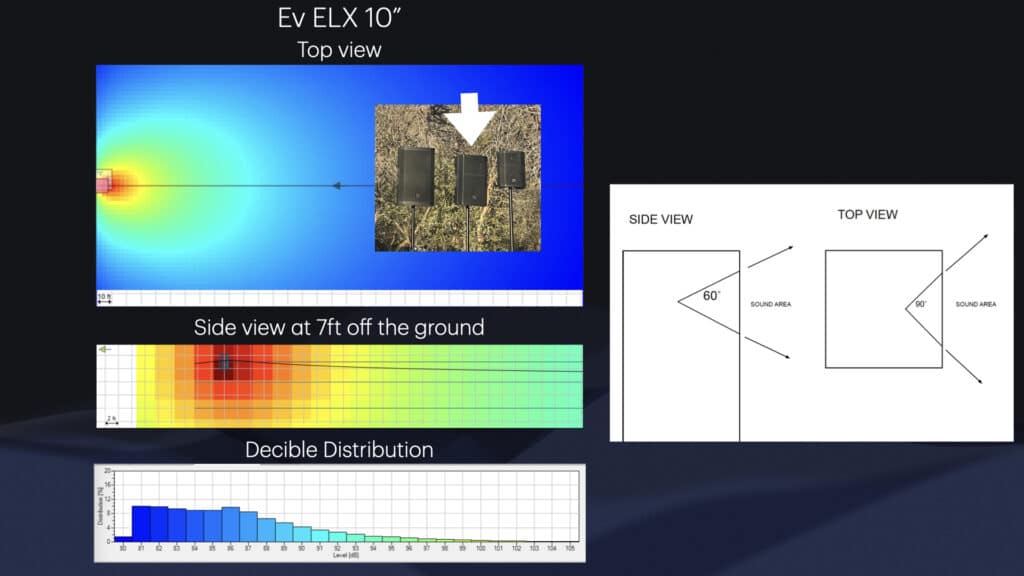
Electro-Voice ETX 12P (Left)
- Not Battery Powered
- 135 dB peak SPL
- 2000W
- Horizontal coverage angle: 90 Degrees. Vertical coverage angle: 60 degrees
- Enclosure material: 13-ply birch plywood with EV coat
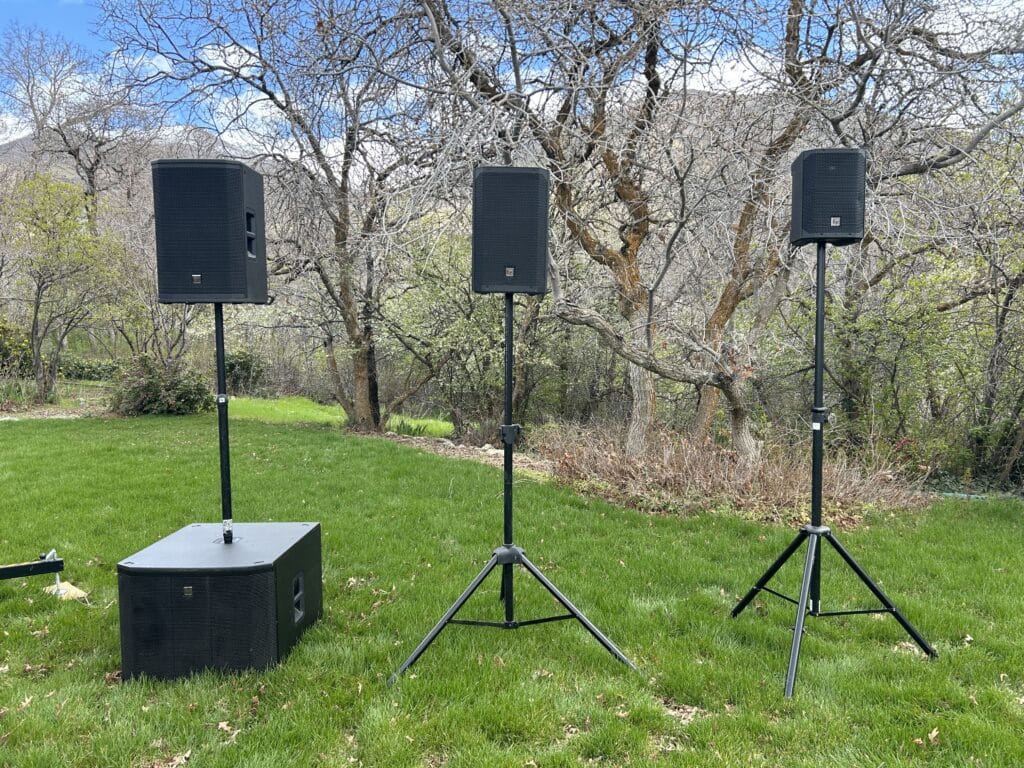
Finally, the ETX 12P ups the output even more to an impressive 135dB – loud enough to cover much larger events. It’s also made out of wood, lending a warmer and richer tone to the sound that results in a notably more premium auditory experience. One thing to note is when looking at the specs for these speakers you’ll notice the EVERSE 8 has a max SPL of 121dB and the ETX has a Max SPL of 135dB. What does that mean? The average human will perceive a 3 dB volume difference as double the volume. So the ETX is 4 times louder than the Everse 8 in a direct comparison. While these two speakers look the same, they perform very differently!
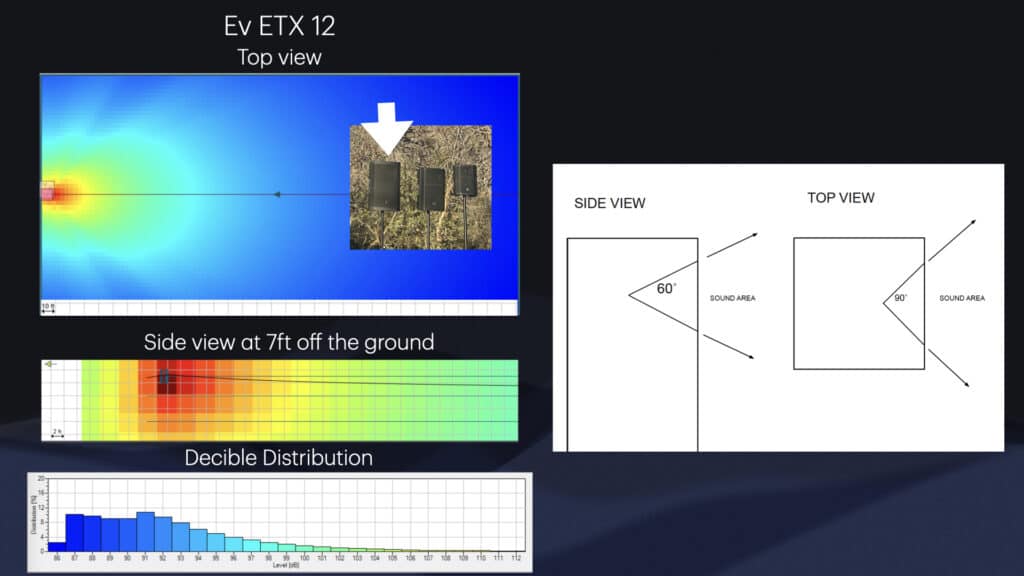
ELX 10 (Need to know): When using two ETX tops coupled with two ETX subwoofers you will find they are great for groups from 300-500 people, whether it be a dance or a smaller indoor city concert. We would not recommend them for spaces like football fields unless you are spreading them out and using more than two individual speakers. These are ideal for high school dances of 300-500 people indoors. You would need to double the subwoofers when outdoors to get the volume required for a large group to have a dance.
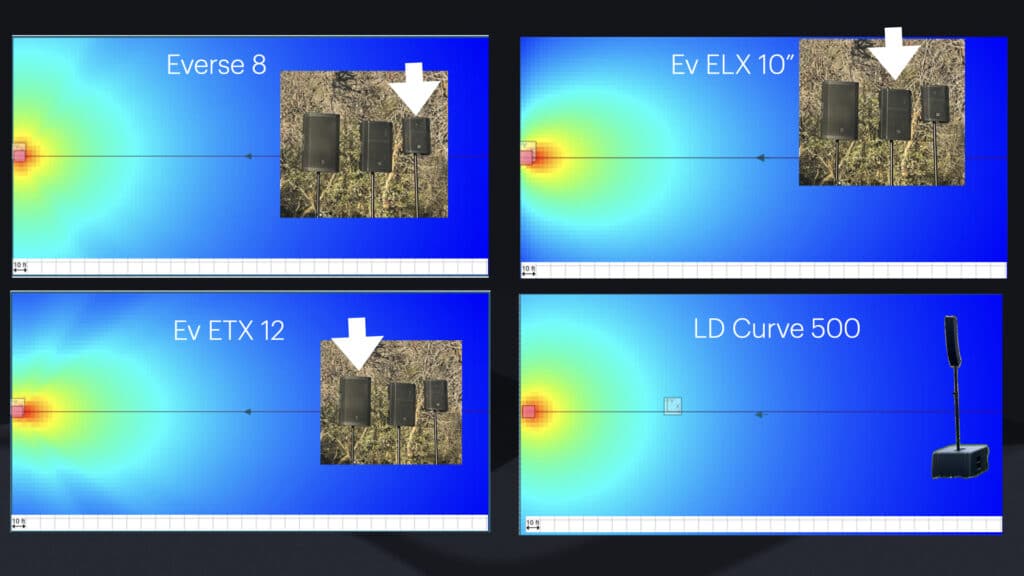
Column – Line-Array
Column array speakers are another great speaker type with unique benefits beyond standard DJ speakers.
Electro-Voice 50M
- Fixed mounting (no height adjustment)
- Fixed angle
- Independent volume control on the subwoofer vs the tops
- 1,000 watts of power
- 127dB max SPL
- Horizontal coverage angle: 120° Vertical coverage angle: 40°
- Enclosure material: black finish: 15mm plywood, aluminum pole, composite column
- 12-inch subwoofer
The Electro-Voice 50M is a fantastic speaker with a few drawbacks – its mounting height and speaker angle are fixed, which is fine for most events but can be limiting in trickier setups. Its got a great 120-degree wide spread to cover large areas and 127dB max SPL which is more than enough for the standard indoor wedding or party.
RCF Evox 12
- Adjustable pole
- Fixed angle
- No independent volume control on subwoofer vs the tops
- 1,400-watt
- 130 dB max SPL
- Coverage angle of 90° x 30°
- Enclosure material: baltic birch plywood
- 15-inch subwoofer
The RCF Evox has a few benefits over the Evolve 50M, including a larger 15-inch subwoofer and greater overall sound levels. It also has an adjustable height pole for increased adaptability in a variety of circumstances.
LD Curve 500
- Adjustable pole
- Adjustable angles (can place speakers in different configurations)
- Independent volume control on subwoofer vs the tops
- 1400 W
- 131dB max SPL
- 110° horizontal, vertical 30° ( can also remove a speaker to make it less than 30)
- Black bass-reflex cabinet made of plywood
- 15-inch subwoofer
The LD Curve 500 combines the best features of the other speakers. 15-inch subwoofer, 131dB max SPL, a plywood subwoofer cabinet, an adjustable pole and adjustable speaker angles, and independent volume control over the speakers and subwoofers. It’s great for situations such as placing the speakers at the top of a hill and angling them down – it can also do the opposite, sending sound from the bottom to the top.
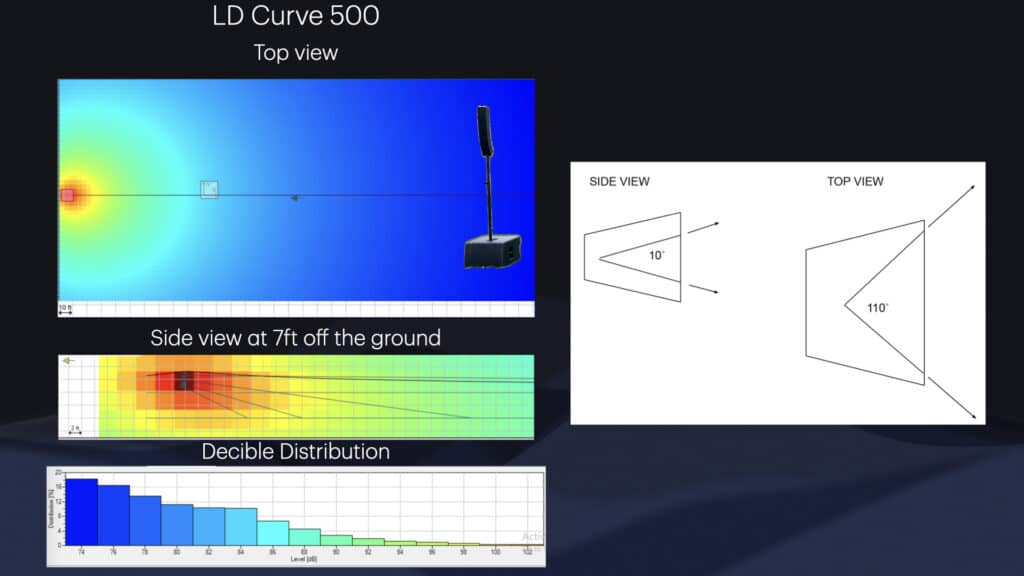
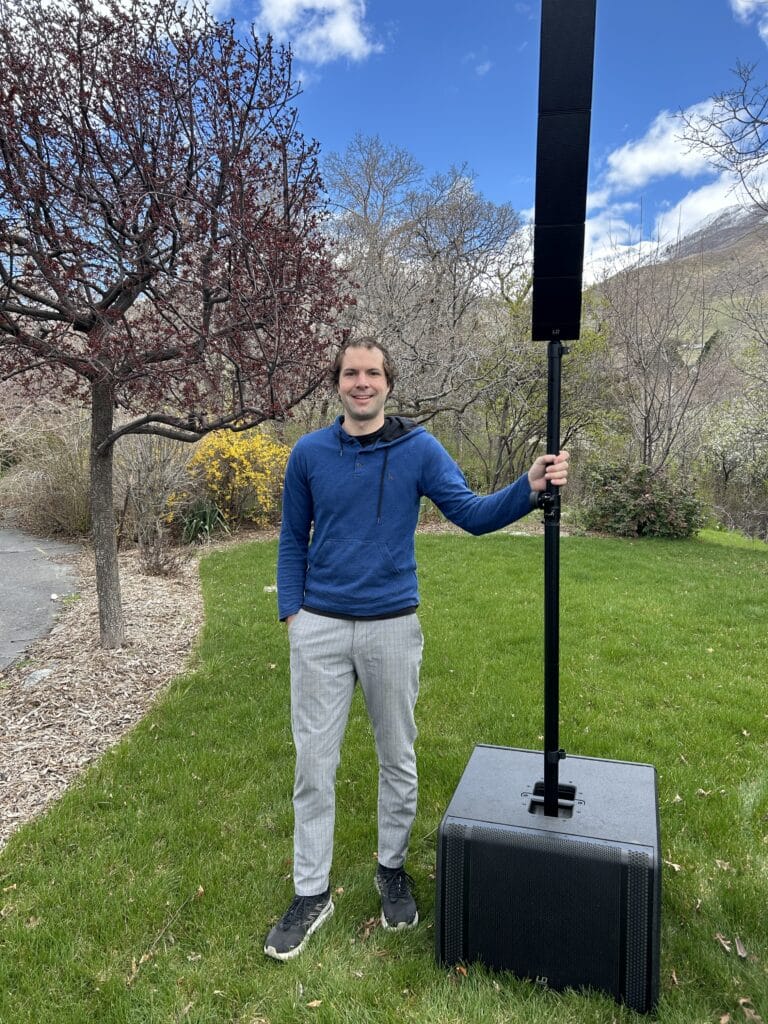
Line Array – Concert Grade Speakers
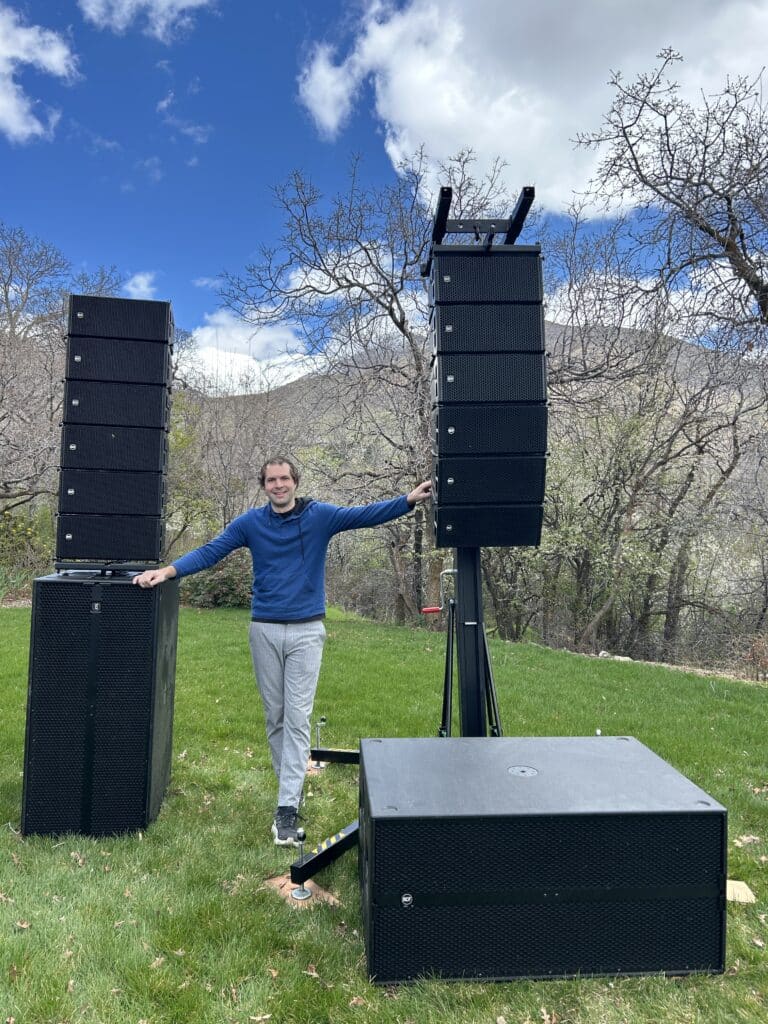
Line array speakers are the big guns – and our favorite systems for large venues, concerts, festivals, college and city dances, and all other situations where your speakers need to cover a space with more precise volume. Either of the available options in this category will produce clean, loud, and clear audio for the biggest crowds. They are made to stand up to the elements, can be adjusted to fit the vertical and horizontal parameters of the location, and can be configured to sit on the ground or hang in the air. The biggest difference, however, is the RCF HDL26’s network capabilities. What does that mean? Using a computer, these speakers can be programmed and controlled to precisely perform to their maximum capabilities in a customized way depending on the venue. Audiences 20 feet from the stage will hear the music just as loud as audiences 200 feet away when using a computer and the correct amount of speakers. This offers the best performance, sending high-quality sound where it’s supposed to go and not wasting energy on areas where it’s not needed.
- NOT network controllable
- Water-resistant
- Adjustable angle
- Ground stackable + hangable
- Network controllable (computer can map the venue’s layout and tell the speakers how to best perform, changing settings individually within the stack)
- Water-resistant
- Adjustable angle
- Ground stackable + hangable
With these systems, you are coupling multiple speakers designed specifically to work hand in hand together.
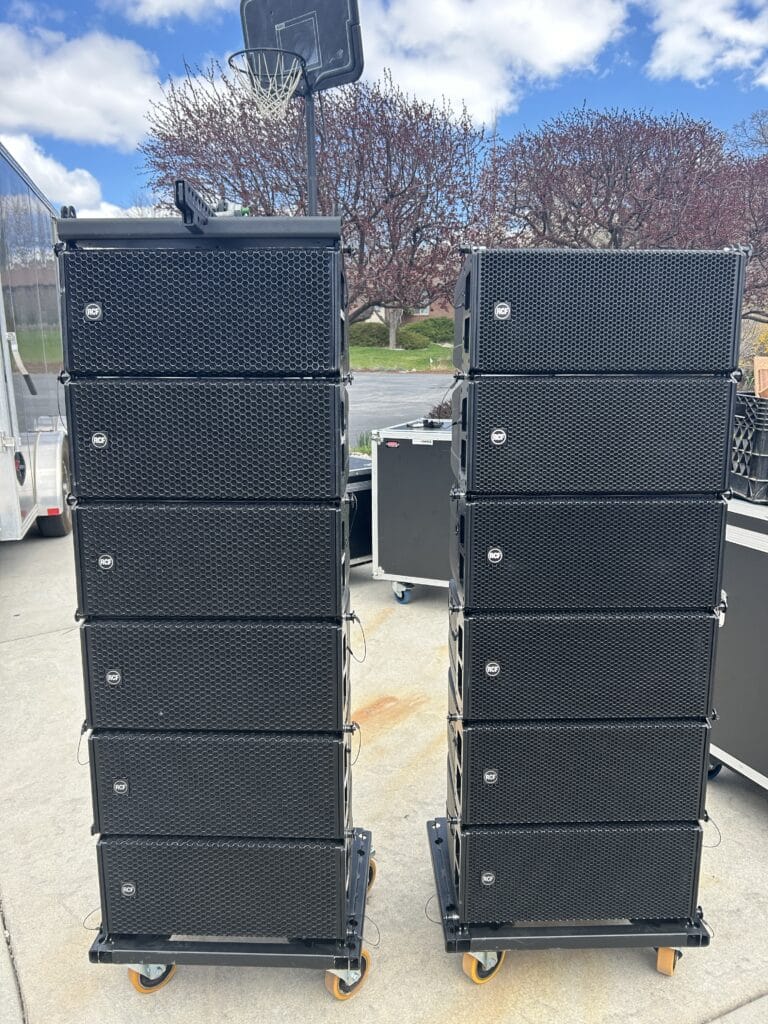
You cannot attempt to do the above with normal 60×90 degree speakers like the ETX 12. Because of the way the speakers are built, the sound output from the two speakers will cross paths and cause cancelation of sounds. If you want to know more about how that all works, reach out to us to learn more.
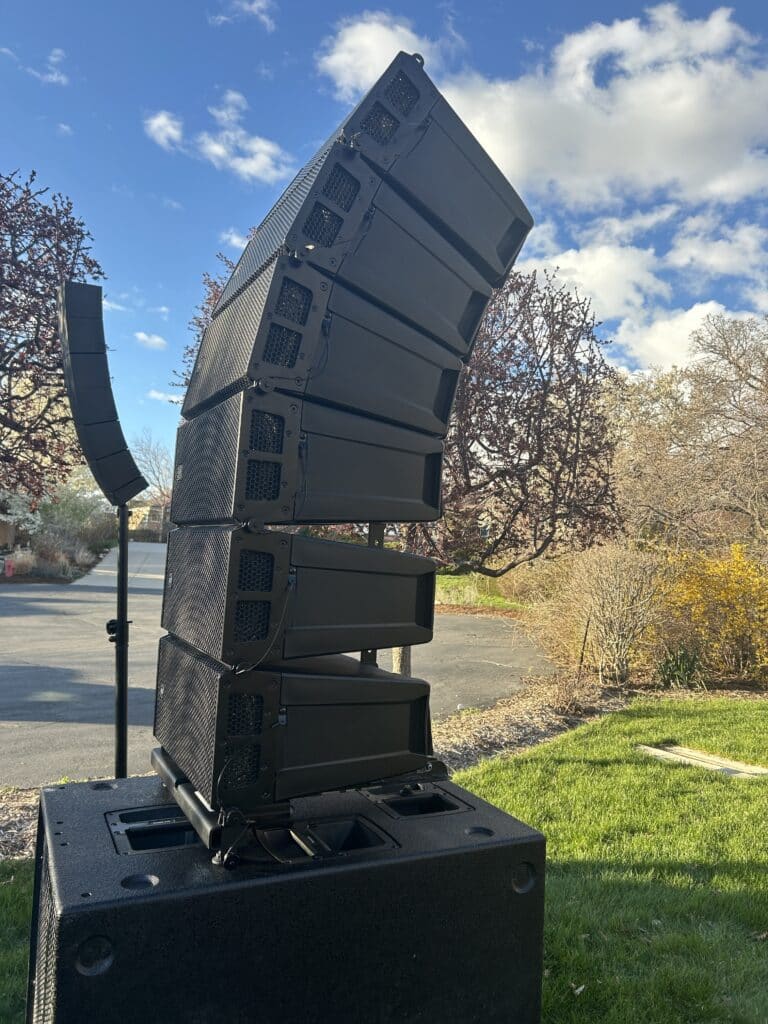
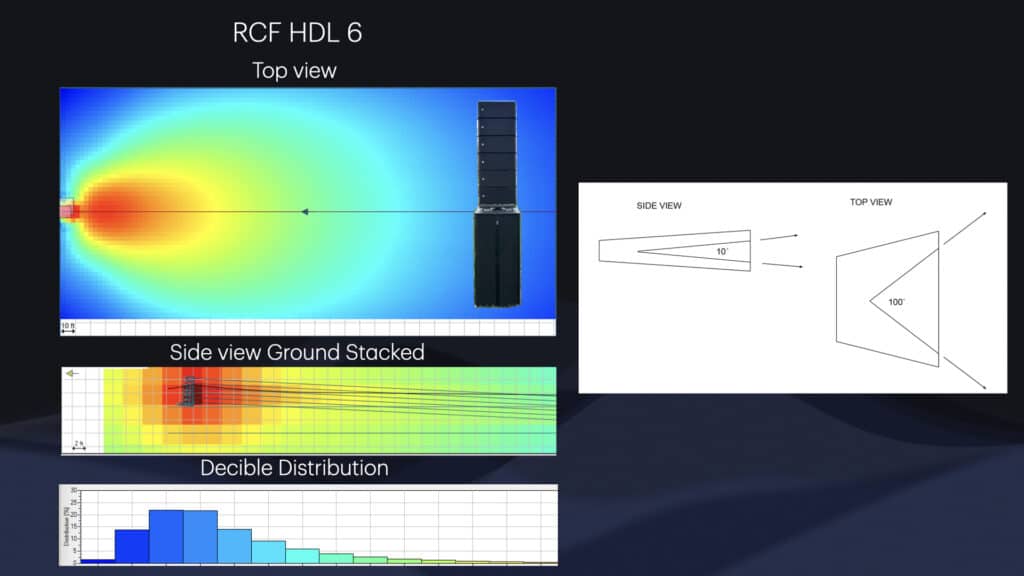
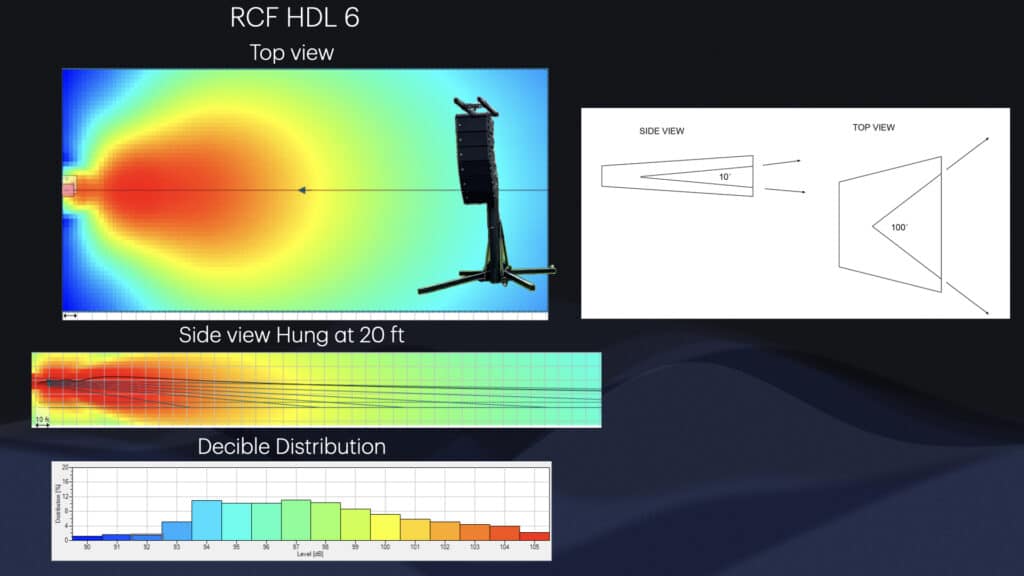
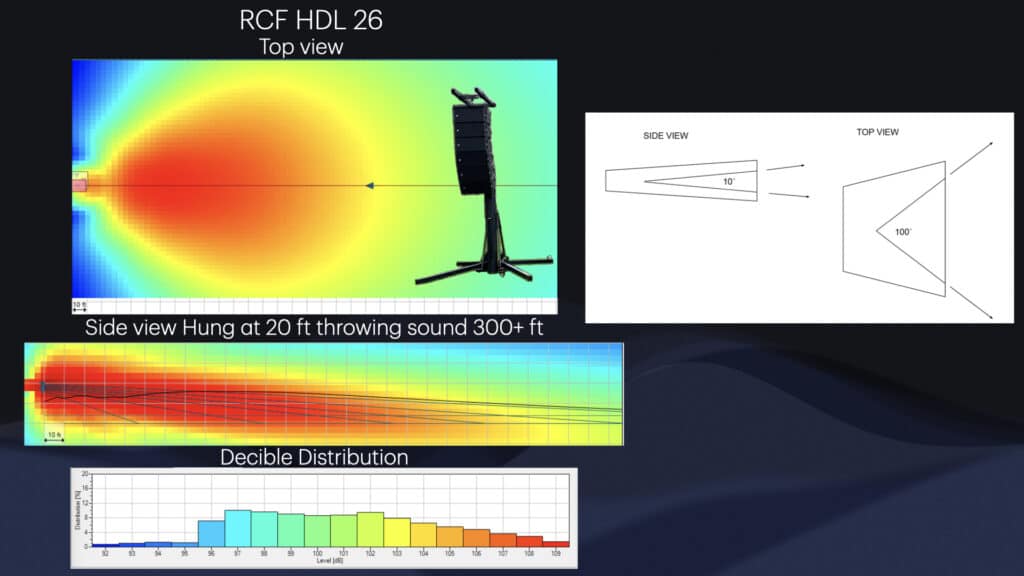
When DJs tell you their speakers will cover a field, remember that while you may get volume around the field the sound level in each area will be vastly different. If someone says “My speaker will easily cover the field no problem!” ask them to send you a heat map. With our speaker’s software we can place the heatmap directly on google maps and visualize the sound at your location, telling you exactly where we are covering.
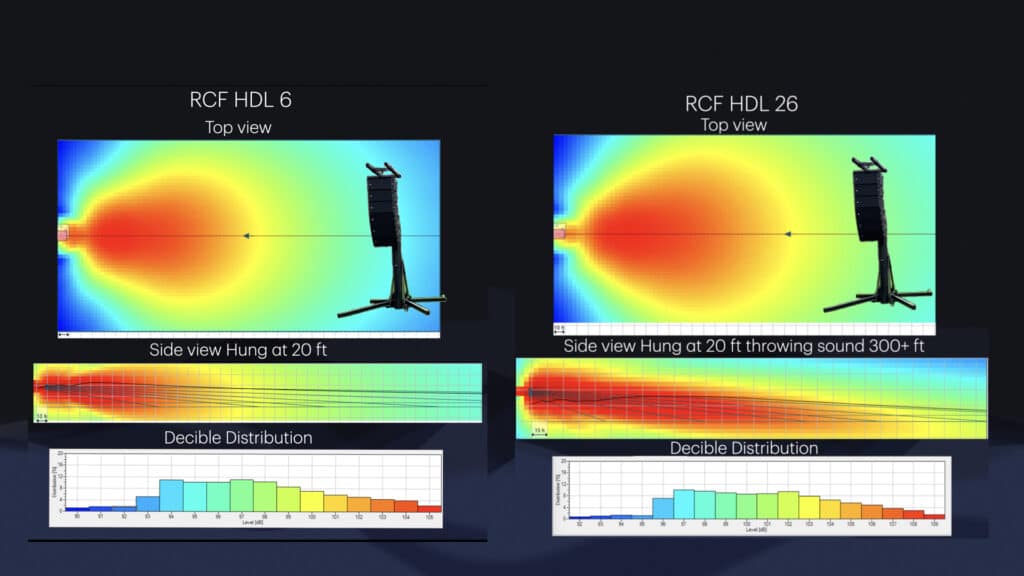
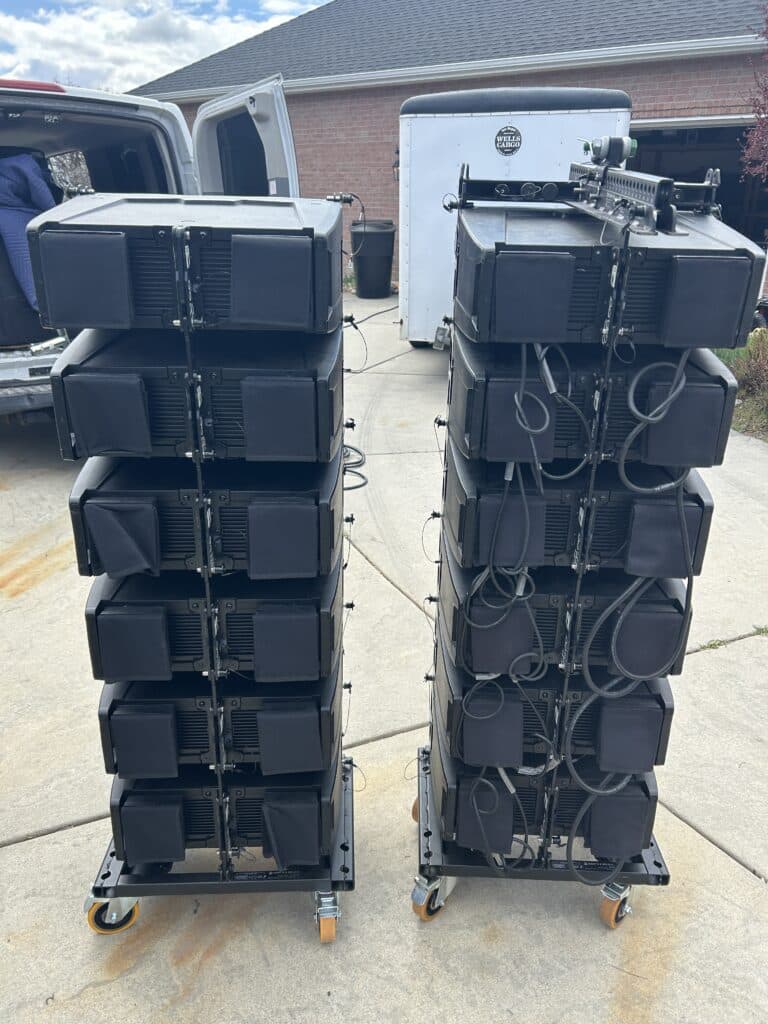
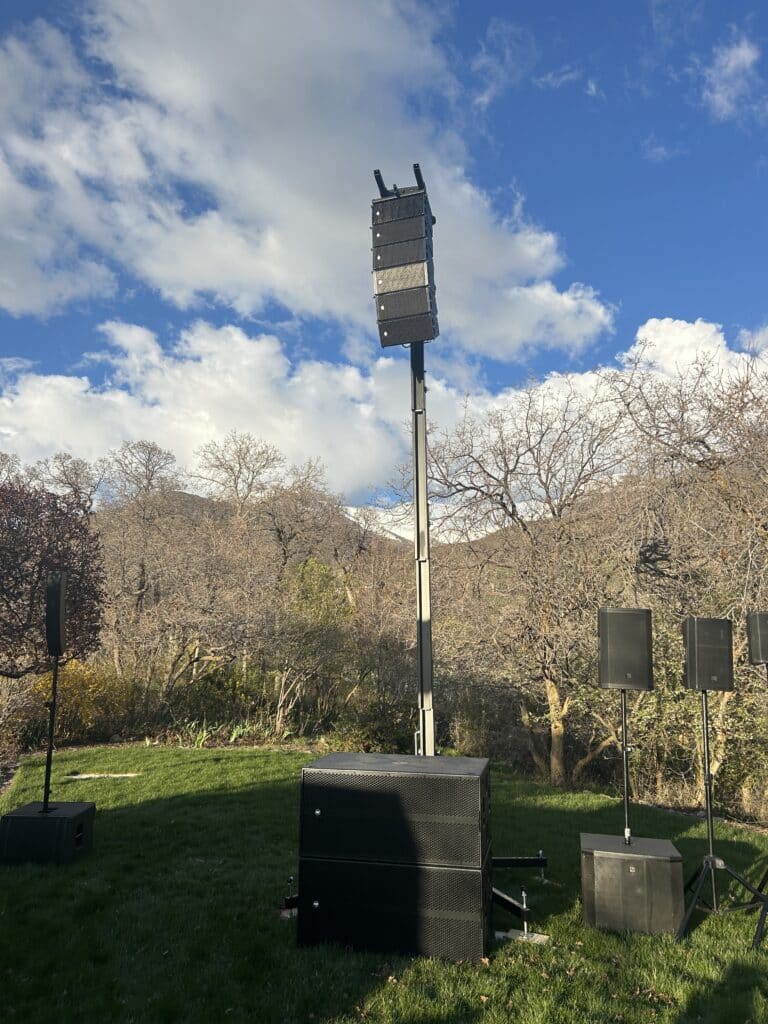

So in conclusion – let’s return to the first heat-map we saw. Is it easier to see the difference between a normal DJ speaker to a line array system? Our goal is to show you the data – while saving a buck may look appealing at first, you’re simply not getting the same product at all. When a DJ tells you that you don’t need to go with a big system they are technically right but is it the right fit for your event? If your space is larger than 100×100 feet, our recommendation is to go with a line array system. These systems are worth their price, with system rentals starting at $3,000 (without a sound engineer) and increasing from there depending on the application. Most cities with a football field size area of required coverage will need a sound system that starts around $5,000.
You’re probably thinking, “Cam, this information is amazing but how do I know if the person I’m hiring is bringing the correct sound system?“
Well, it’s about asking the right questions. Ask potential audio companies for heat-maps if you find yourself having trouble hearing the sound system at your event.
One thing to note is pricing. When hiring someone, a good rule of thumb for rental rate is 5-10% of the retail price (equipment alone – you’re on your own for setup). If a DJ charges less than 1000 dollars you’re usually looking at $6,000-10,000 in equipment they are theoretically bringing. Asa a point of reference, the EV ETX 12 system with 4 subwoofers mentioned above would cost you around $8,000 to purchase.
The HDL6 non-networkable array speakers, paired with 4 subs and two 20-foot stands, cost around $32,000. An average rental price may be near $3200. It’s important to note that this does not include any labor. Most companies will charge $850-1200 for a skilled A1 and $250-600 for an A2 (stage hands). Your total bill out the door could land you near $4500.
The HDL26 networkable arrays paired with 4 subs cost close to $70,000 to purchase, with an approximate rental of $7,000. Again, this does not include the labor. Most companies will charge $850-1200 for a skilled A1 and $250-600 for an A2 (stage hands). So your total bill out the door could land you between $7,000-13,000 if you also add the microphones and gear a band will require.
The above numbers are brief insight into more general numbers. Each company is going be different in their approach and some companies will be lower and higher depending on the sound systems. My intent with this article is to give you actionable advice and general knowledge so that you can make the best, informed decision for your sound system rental.


